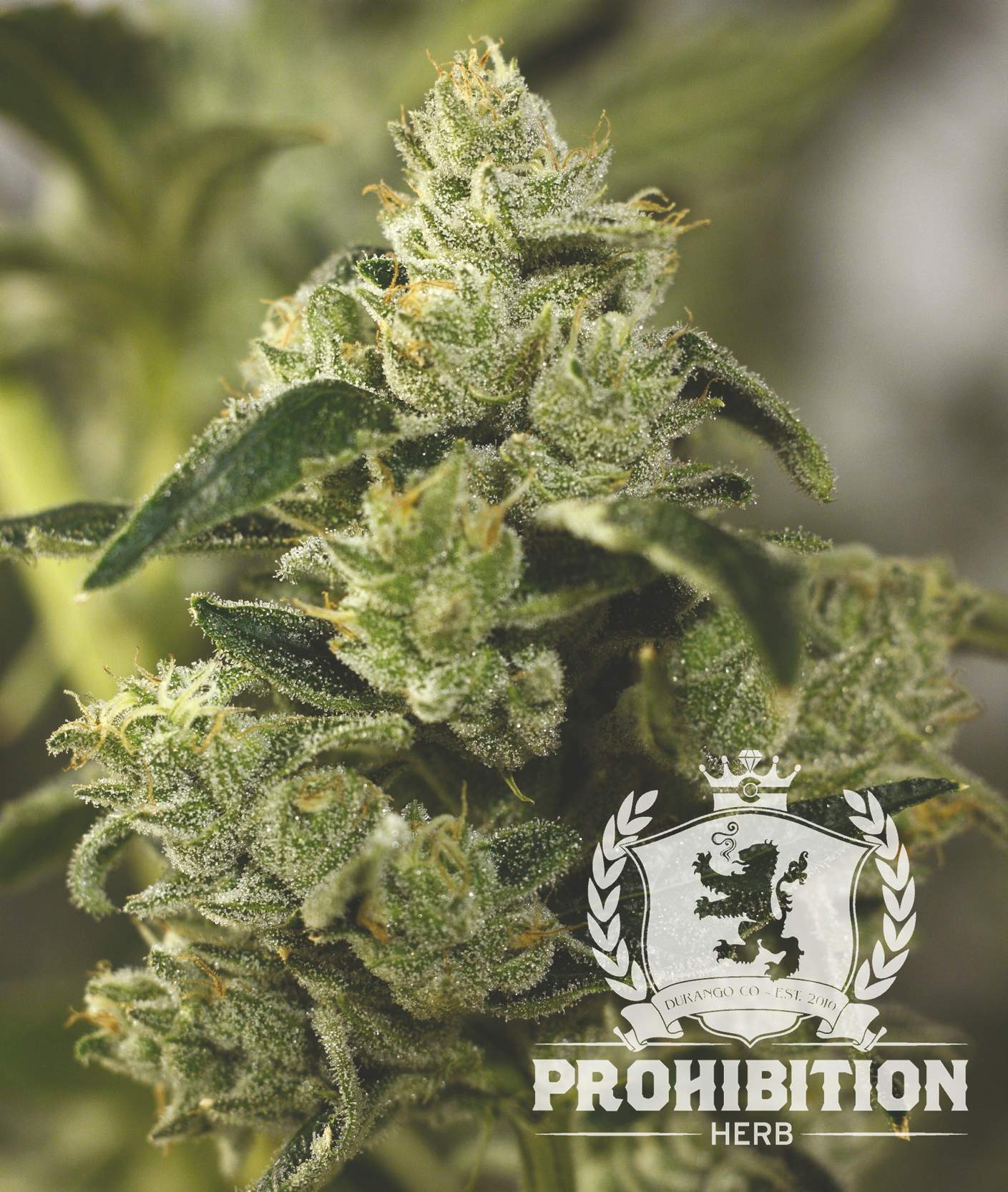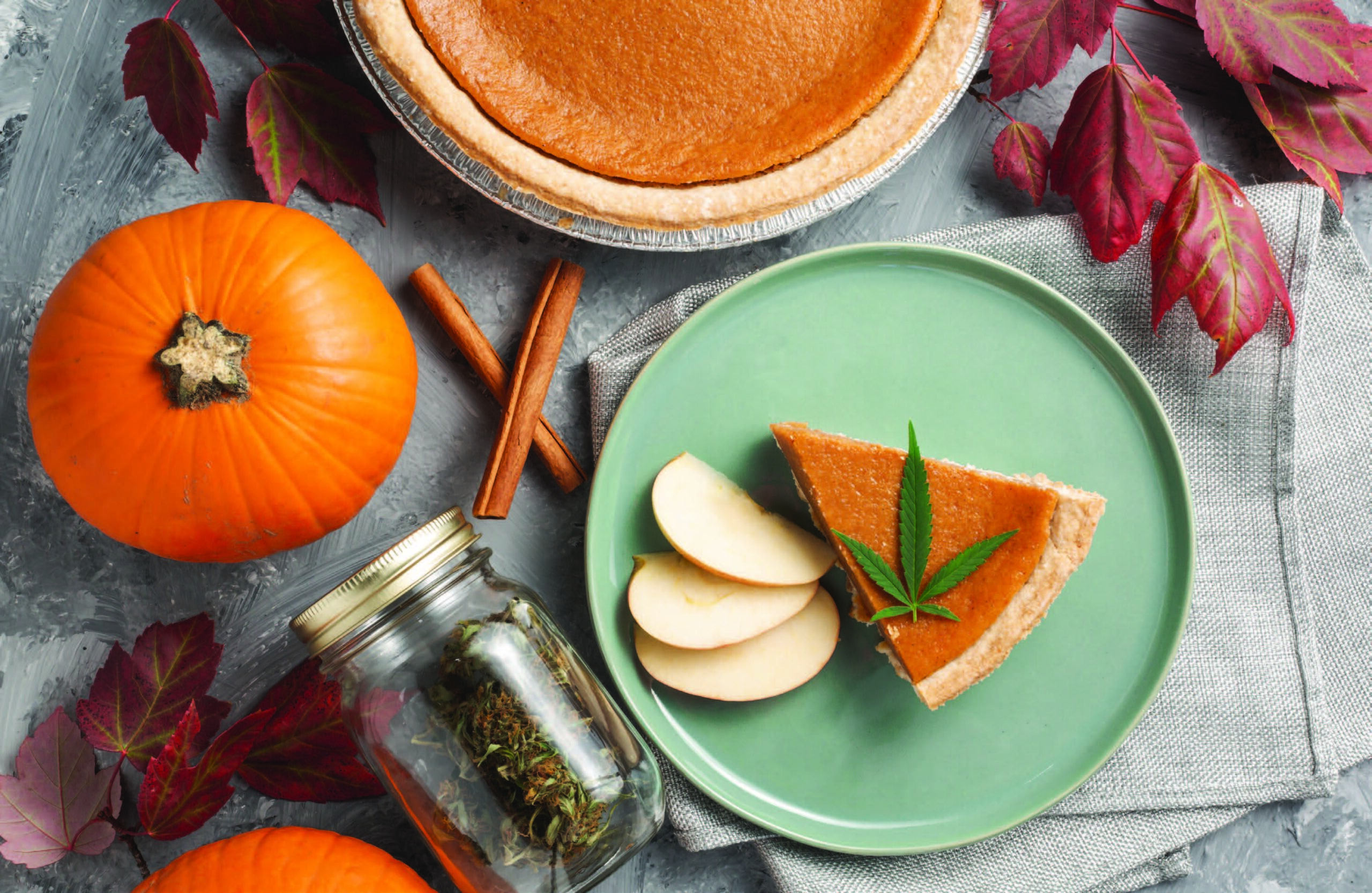With AB-Inbev buying sour-heavy Wicked Weed, there’s a very strong signal from the top of the beer world that sour beer is the next big thing. But the sour beer world in the United States is very very young when compared to craft beer as a whole, and to the sour beer making history of Belgium. When talking about sour beers, there are a lot of different categories that denote the quality, process, and price point of each particular brew. You’ve got kettled sours, mixed fermentations, spontaneous, and wild soured beers. A brewer can use any or multiples of these methods to achieve a sour beer. At the highest end, the superlative of sour beer is Belgian lambic, specifically gueuze. A lambic is any sour beer made in Belgium (the word “lambic” is more of a reference to an appellation or region than a process or style), but a gueuze is a traditionally-brewed lambic that is a blend of old and new beer that has aged in oaken vessels.
That “traditionally-brewed” lambic involves a lot of steps, from the mash all the way to the finished product. Lambic itself is also broken down into traditional and sweetened varieties. A traditional lambic lets the beer and any fruit additions speak for themselves, relying on the blending process to achieve its target flavor profile, whereas a sweetened lambic will use an unfermentable sweetener such as saccharine, or fruit concentrates or extracts. Knowing what is traditionally brewed and what is sweetened is pretty difficult, because labeling the use of back sweetener is not always regulated.
The traditionally-brewed lambic gueuze, the unadulterated, unmolested, pure style is first brewed using a turbid mash. A turbid mash uses a particular wheat-heavy grain bill and a much longer mashing process, which includes multiple temperature rests and extractions of un-vorlaufed – or turbid – wort that lasts up to four times as long as a typical production mash. The result is a wort that is much starchier and much more tannic than a typical production beer. There is also a much longer boil time and naturally cooled wort with the use of a koelschip and hopped by only using aged hops. It’s then transfered to ferment and age in oaken vessels. In short, it’s a lot more work than a typical beer. With the additional time in brewing, aging, and storing, and it’s a much more time- and labor-intensive brew than the typical beer.
So, what if an American brewery wanted to follow this process, would it still be a lambic? The answer is yes and no. It can’t be a lambic, because that is an appellation like Champagne or Tequila; only beers made in Belgium can be lambics. So brewers in America that wish to brew the style are adopting “méthode gueuze” in the way American winemakers use “méthode champenoise.”
Started by the Texas brewery Jester King, méthode gueuze is a trademark owned by the Sour and Wild Ale Guild, which will help to codify and regulate breweries that make beer using the traditional gueuze processes, techniques, and ingredients. They have outlined the criteria for brewers on a Facebook page that is as follows:
A grist consisting of only approximately 60 percent malted barley and 40 percent raw, unmalted wheat
A turbid mash without the addition of any other ingredients, chemicals, or acids
One-hundred percent aged hops, aged at least 12 months, in the recipe added at the beginning of the boil
An extended boil of no less than three hours
Wort transferred to a coolship for overnight cooling and inoculation
One-hundred percent spontaneous fermentation – no yeast, bacteria, or any other microorganisms pitched at any point in the process
No pre-acidification of the wort or the addition of any other ingredients, chemicals, or acids
The entire wort is fermented in neutral oak barrels and left to age on the lees.
A blend of beer that meets all of the criteria listed above, composed of beer aged less than 18 months and beer older than 30 months with the average age of the blend being at least 18 months
One-hundred percent natural re-fermentation. No artificial carbonation.
Natural sugar is allowed for the purpose of dosing. Artificial sugars are not allowed.
No artificial flavoring or coloring
No pasteurization or additions of preservatives
So far, the use of the trademark is free and open and up to the brewer themselves to decide if they are truly making méthode gueuze.
But the move is not without criticism: HORAL, the Belgian organization in charge of regulating Belgian lambic producers has criticized the creation of the trademark, saying méthode gueuze shows “a lack of respect” for traditional lambic beer, which is the exact opposite of the intention of using méthode gueuze.
This is huge. This type of self regulation of quality and process is exactly what makes craft beer, Craft Beer. This type organizing is what will differentiate craft brewers in the future. I really hope that this branches out into other parts of the brewing world, that we see a stronger focus on style, on process, and ultimately on quality.
Robert Alan Wendeborn is a former cellar operator at Ska Brewing and current lead cellar operator at Tin Roof Brewing in Baton Rouge, Louisiana.
With AB-Inbev buying Wicked Weed, there’s a very strong signal from the top of the beer world that sour beer is the next big thing. But the sour beer world in the United States is very very young when compared to craft beer as a whole, and to the sour beer making history of Belgium. When talking about sour beers, there are a lot of different categories that denote the quality, process, and price point of each particular brew. You’ve got kettled sours, mixed fermentations, spontaneous, and wild soured beers. A brewer can use any or multiple of these methods to achieve a sour beer.
At the highest end, the superlative of sour beer, is Belgian lambic, specifically gueuze. A lambic is any sour beer made in Belgium (the word “lambic” more or less denotes an appellation or region, than a process or style), but a gueuze is a traditionally brewed lambic that is a blend of old and new beer which has aged in oaken vessels.
That “traditionally brewed” lambic involves a lot of steps, from the mash all the way to the finished product. Lambic itself is also broken down into traditional and sweetened varieties. A traditional lambic lets the beer and any fruit additions speak for themselves, relying on the blending process to achieve its target flavor profile, whereas a sweetened lambic will use an unfermentable sweetener such as saccharine or fruit concentrates or extracts. Knowing what is traditionally brewed and what is sweetened is pretty difficult, because labeling the use of back sweetener is not always regulated.
The traditionally brewed lambic gueuze, the unadulterated, unmolested, pure style, is first brewed using a turbid mash. A turbid mash uses a particular wheat heavy grain bill and a much longer mashing process which includes multiple temperature rests and extractions of un-vorlaufed, or turbid, wort that lasts up to four times as long as a typical production mash. The result is a wort that is much starchier and much more tannic than a typical production beer. There is also a much longer boil time and naturally cooled wort with the use of a koelschip and hopped by only using aged hops. It’s then transferred to ferment and age in oaken vessels. In short, it’s a lot more work than a typical beer. With the additional time in brewing, aging, and storing, and it’s a much more time and labor intensive brew than the typical beer.
So, what if an American brewery wanted to follow this process, would it still be a lambic? The answer is yes and no. It can’t be a lambic, because that is an appellation like Champagne or Tequila, only beers made in belgium can be lambics. So brewers in America that wish to brew the style are adopting “méthode gueuze” in the way American winemakers use “méthode champenoise”.
Started by the Texas brewery Jester King, méthode gueuze is a trademark owned by the Sour and Wild Ale Guild, which will help to codify and regulate breweries that make beer using the traditional gueuze processes, techniques, and ingredients. They have outlined the criteria for brewers on a facebook page that is as follows:
– A grist consisting of only approximately 60% malted barley and 40% raw, unmalted wheat
– A turbid mash without the addition of any other ingredients, chemicals, or acids
– 100% aged hops, aged at least 12 months, in the recipe added at the beginning of the boil
– An extended boil of no less than three hours
– Wort transferred to a coolship for overnight cooling and inoculation
– 100% spontaneous fermentation — no yeast, bacteria, or any other microorganisms pitched at any point in the process
– No pre-acidification of the wort or the addition of any other ingredients, chemicals, or acids
– The entire wort is fermented in neutral oak barrels and left to age on the lees.
– A blend of beer, that meets all of the criteria listed above, composed of beer aged less than 18 months and beer older than 30 months with the average age of the blend being at least 18 months
– 100% natural re-fermentation. No artificial carbonation.
– Natural sugar is allowed for the purpose of dosing. Artificial sugars are not allowed.
– No artificial flavoring or coloring
– No pasteurization or additions of preservatives
So far, the use of the trademark is free and open and up to the brewer themselves to decide if they are truly making méthode gueuze.
But the move is not without criticism: HORAL, the Belgian organization in charge of regulating Belgian lambic producers has criticized the creation of the trademark, saying méthode gueuze shows “a lack of respect” for traditional lambic beer, which is the exact opposite of the intention of using méthode gueuze.
To me, this is huge. This type of self regulation of quality and process is exactly what makes craft beer, Craft Beer. I think this type organizing is what will differentiate craft brewers in the future. I really hope that this branches out into other parts of the brewing world, that we see a stronger focus on style, on process, and ultimately on quality.













